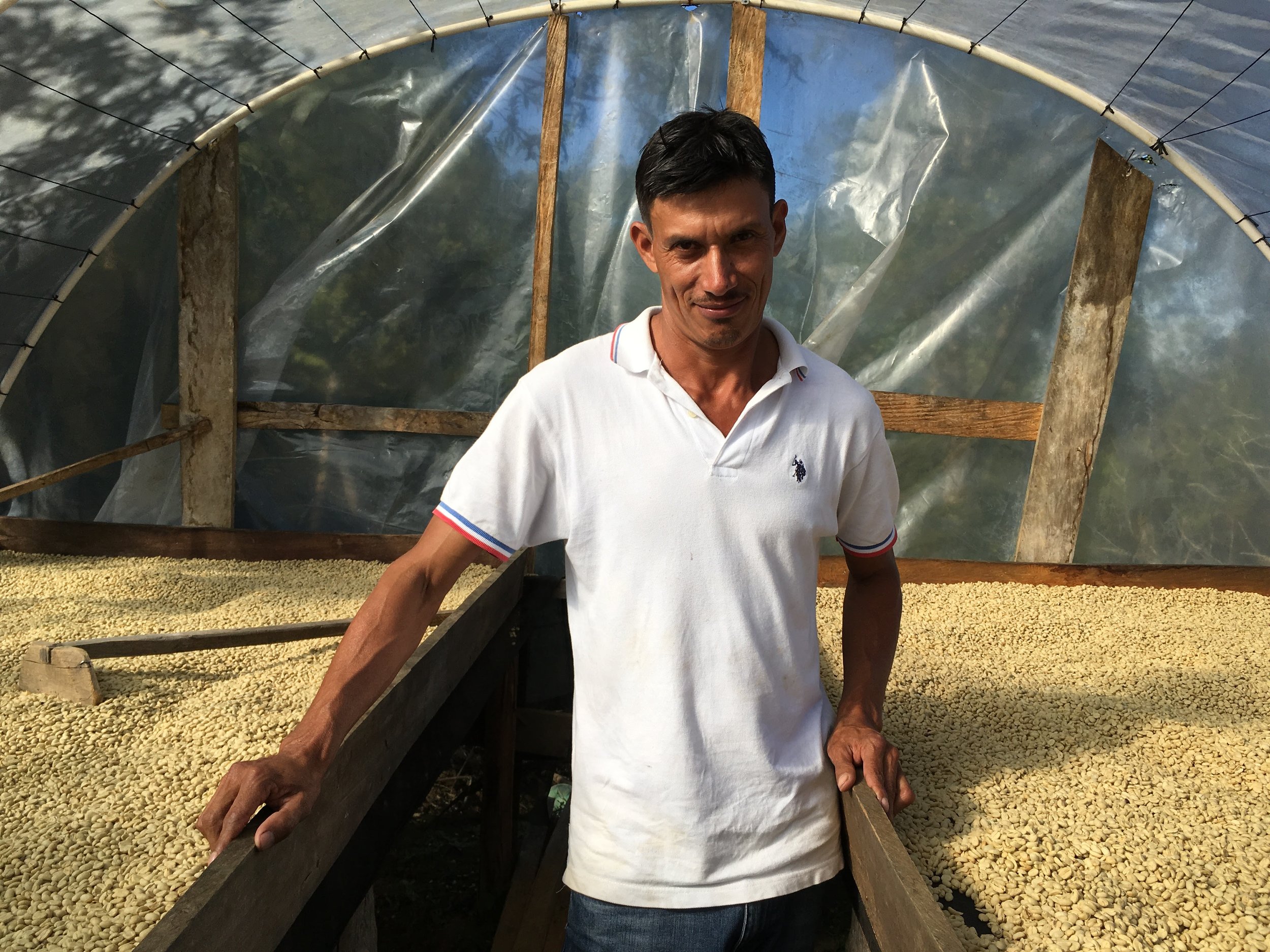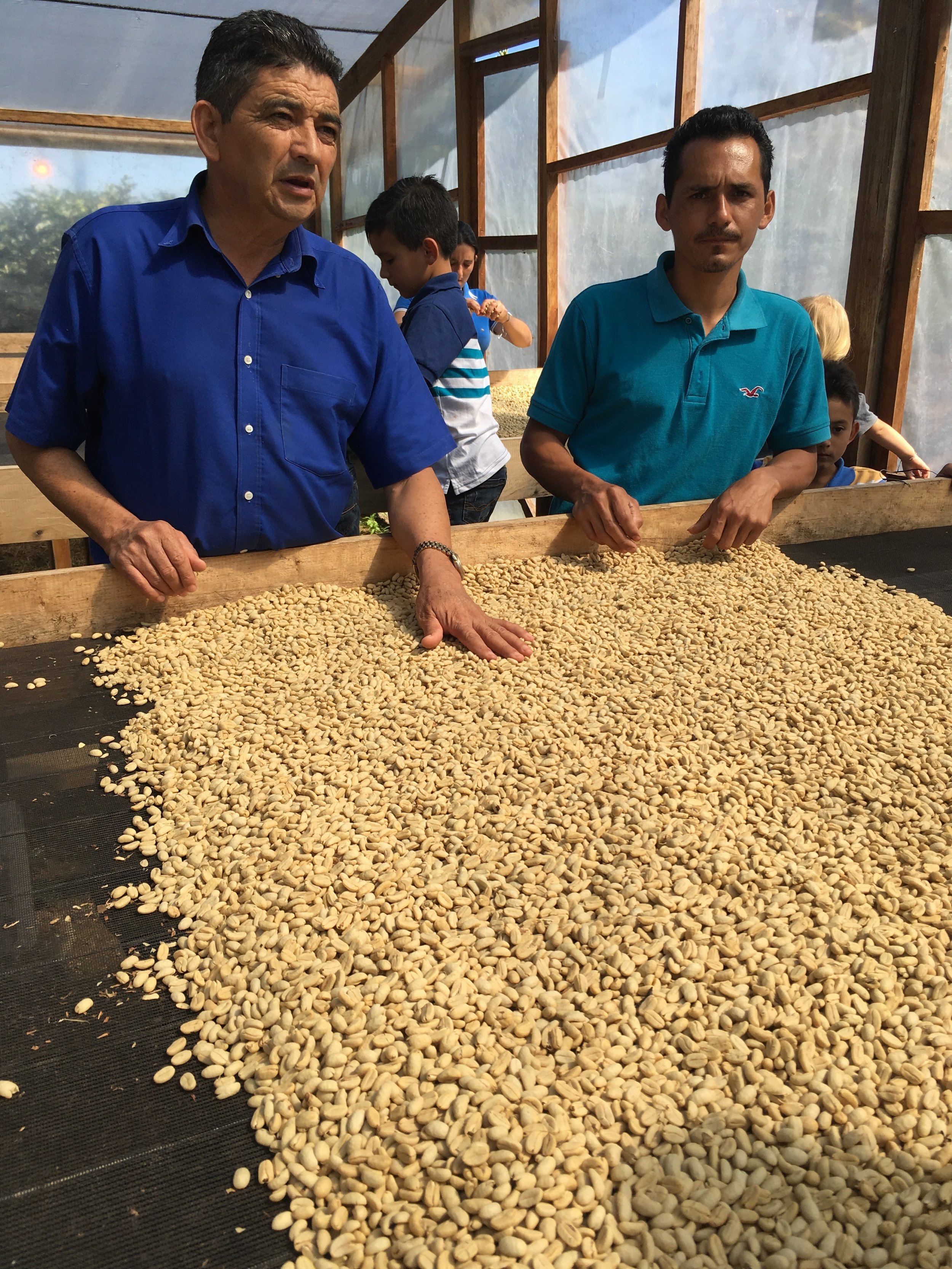Join us for the second CCS Acevedo Cup by Fairfield Trading and Collaborative Coffee Source.
Wednesday Jan 17 to Sunday Jan 21, 2018 Acevedo, Huila, Colombia
Places are limited. Email info@collaborativecoffeesource.com to book your place.
The award ceremony, CCS Acevedo Cup 2016
The value of cupping competitions
The CCS Acevedo Cup is valuable in so many ways. For roasters it offers a condensed experience of a region, a chance to meet many farmers and cup their coffees at once, to see their land, engage in their community, understand their hopes and plans for the future.
For the coffee growing community of Acevedo it offers a chance to meet the people who buy, roast and serve their coffee, to learn about the markets where their coffees are sold, and the impressions of the consumers who drink the final product. The CCS Acevedo Cup also offers the farmers a reason to get together, to share knowledge, skills, experience and stories.
And, of course, cupping competitions like these offer recognition for the hard work of the farmers. This recognition, combined with the financial reward for the winners, incentivizes continued effort to produce high quality coffee.
Alexander Ordoñoz, proud third place winner of the CCS Acevedo Cup 2016.
“I felt really proud,” said Alexander Ordoñez of Finca Los Naranjos, who won third place in the CCS Acevedo Cup 2016. “My wife and two children accompanied me [to the award ceremony], and it was a beautiful experience because they are part of the work one does on the farm. And this third place prize motivates me to continue improving so I can win first place.”
CCS Acevedo Cup, postponed for one month
The inaugural CCS Acevedo Cup ran in December 2016, which means this event is delayed slightly. Unfortunately weather has been working against the farmers of Acevedo this year. Heavy rains caused later flowering, and as we are seeing in so many regions, the harvest has been delayed. It happens in agriculture — there are good years and bad years. Sadly for the Acevedo community, this isn’t a great year.
Regardless, there will be some great coffee to cup come January. Rather than cancel the event, we decided to postpone it for one month, giving farmers a little more time to harvest and process their coffee, and to give our partners Fairfield Trading the time to properly cup and select the best entries for the competition. Both Fairfield Trading and CCS are enormously proud of this event, and we are committed to recognizing the hard work and delicious coffee of the Acevedo coffee growing community, in good years, and not so good years.
We look forward to sharing this experience with you. Email info@collaborativecoffeesource.com to book your place.










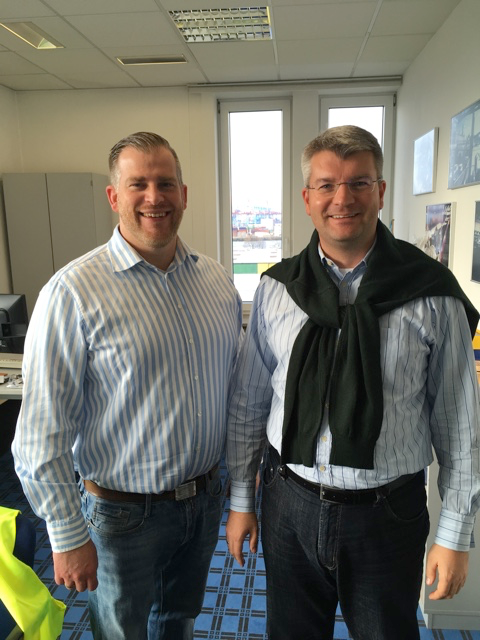

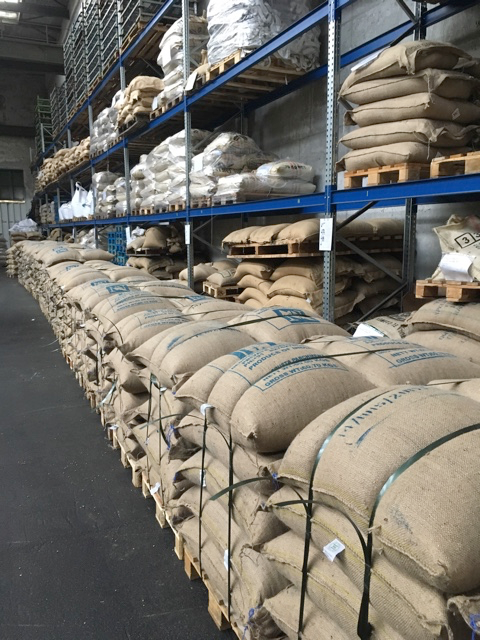
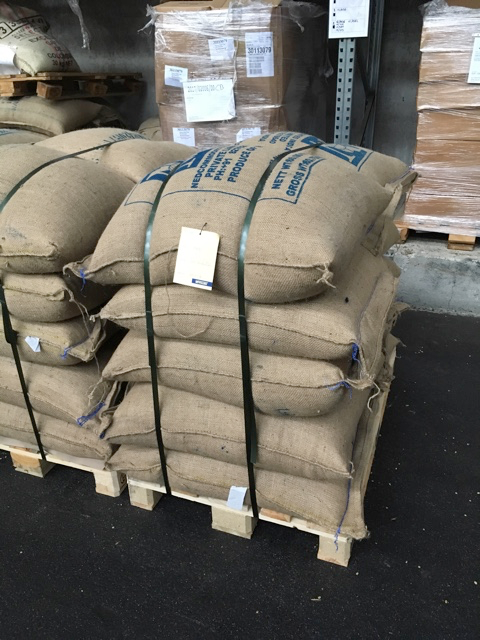
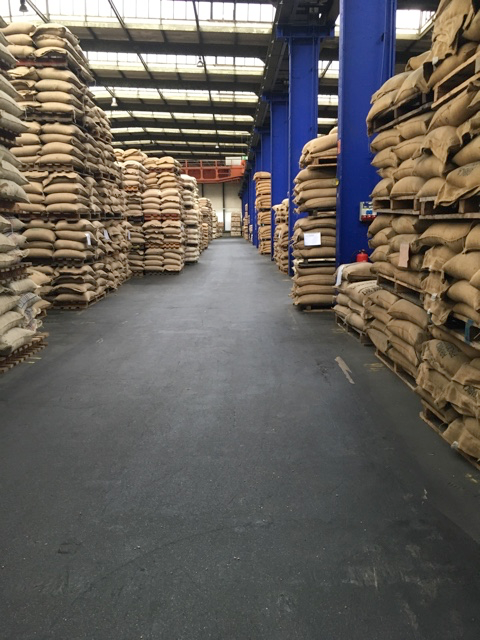
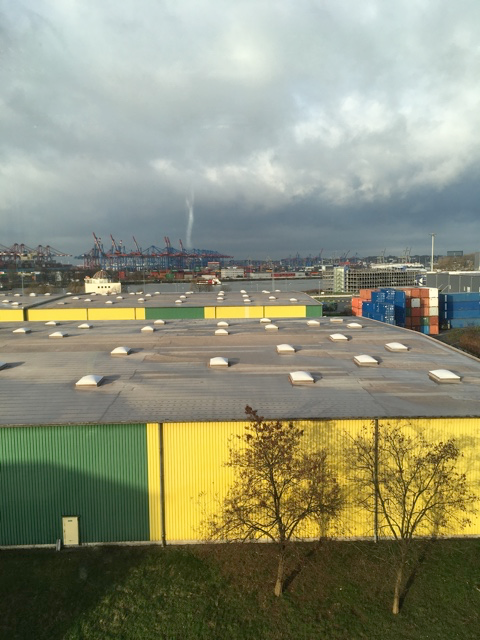

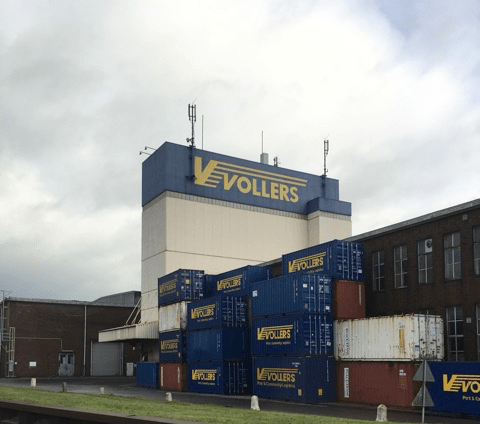







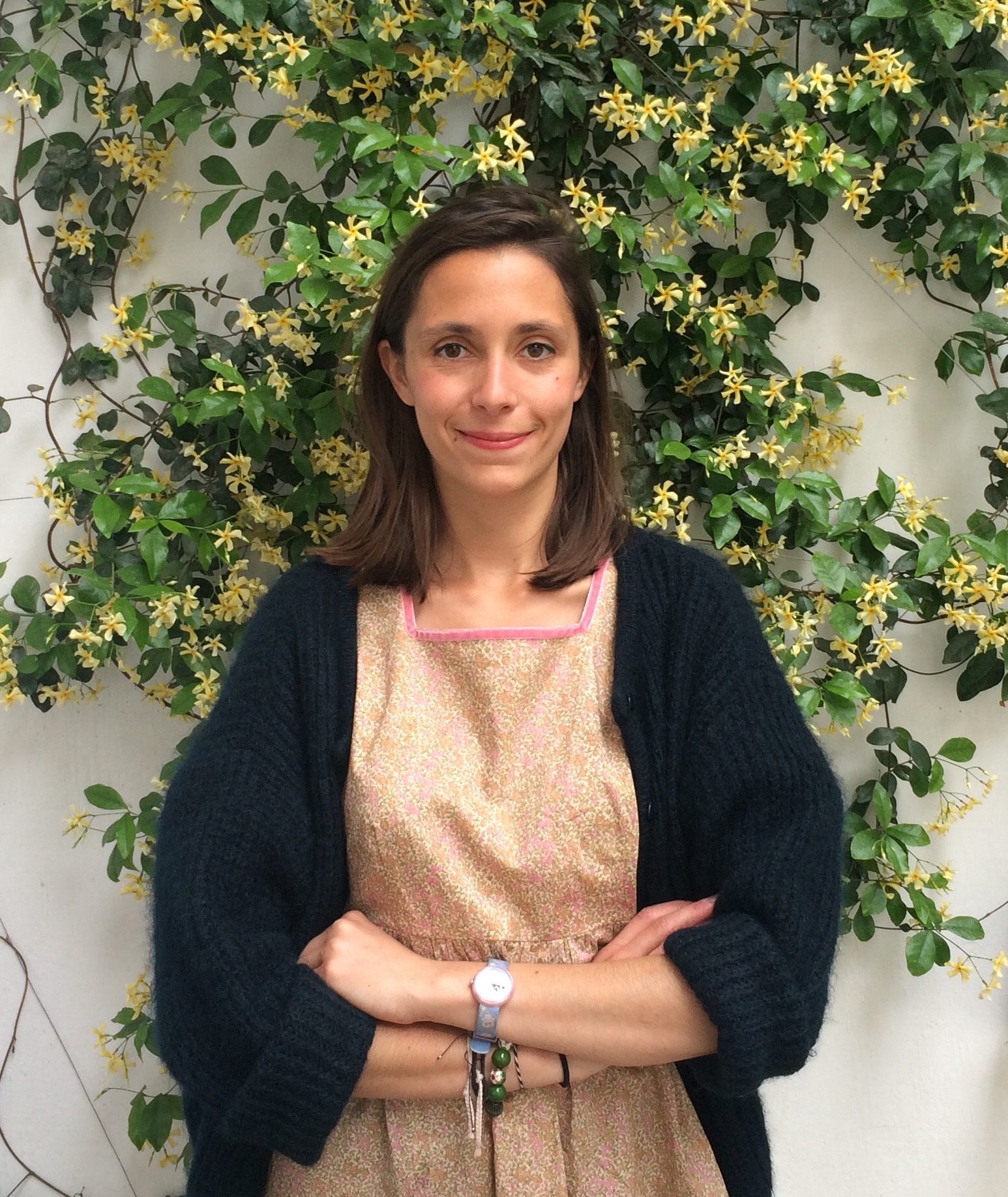 The Collaborative Coffee Source continues to grow with Charlotte Dourneau joining our business development team! Welcome Charlotte.
The Collaborative Coffee Source continues to grow with Charlotte Dourneau joining our business development team! Welcome Charlotte.




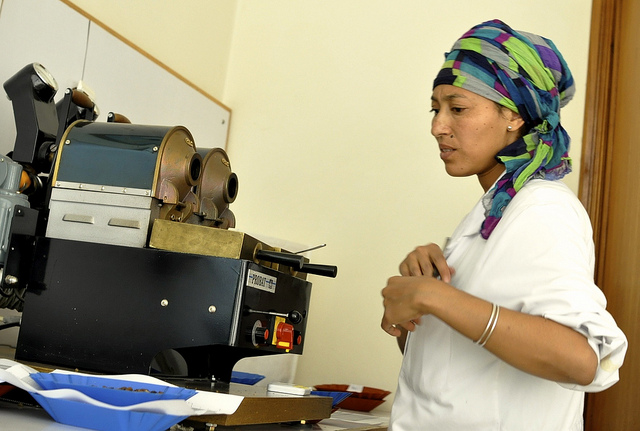

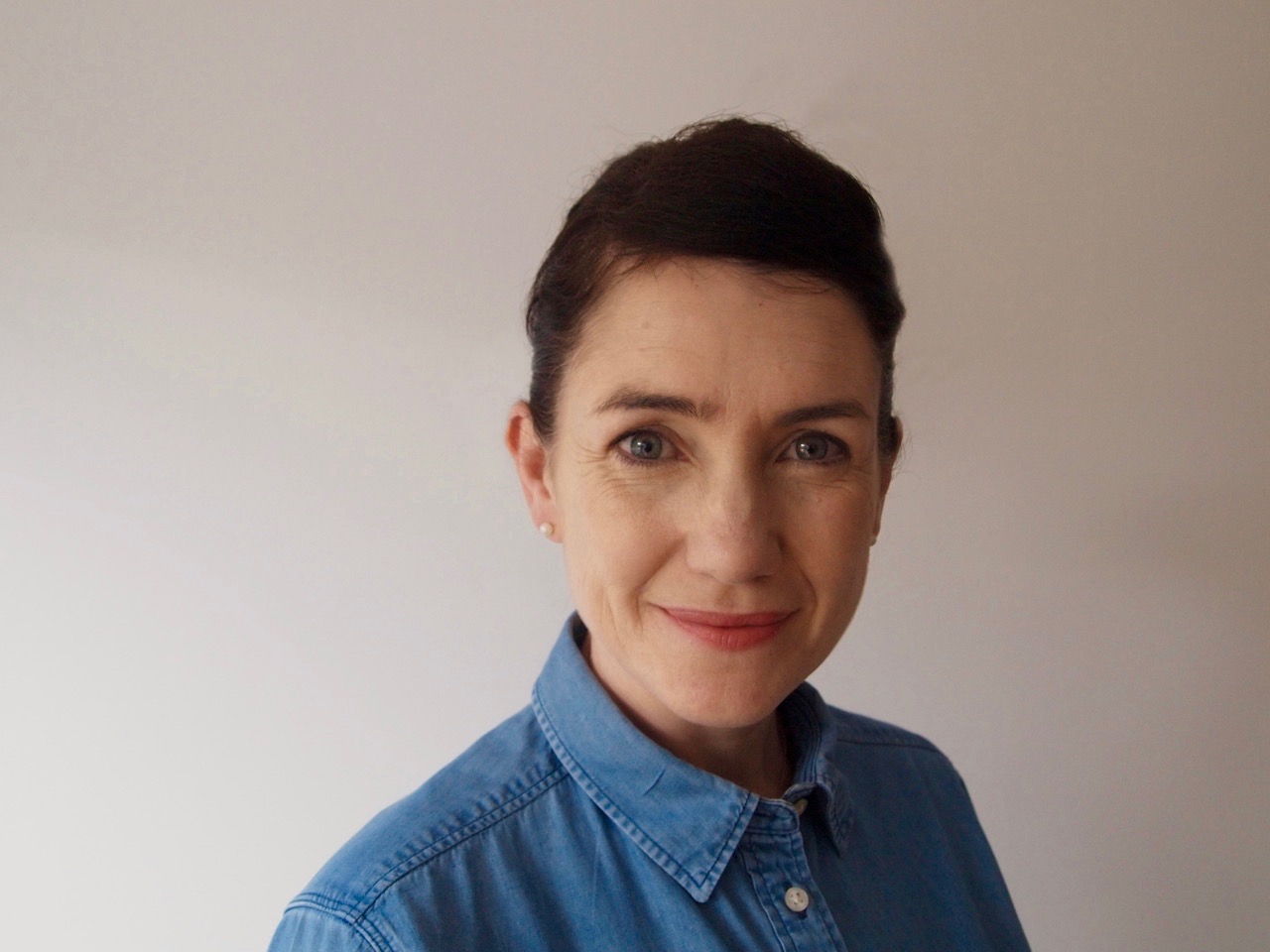 With the recent additions to the sales side of our team, we're balancing things out in our communications team by announcing the addition of Suzie Hoban, who will be joining us at our HQ in Oslo. Welcome, Suzie!
With the recent additions to the sales side of our team, we're balancing things out in our communications team by announcing the addition of Suzie Hoban, who will be joining us at our HQ in Oslo. Welcome, Suzie!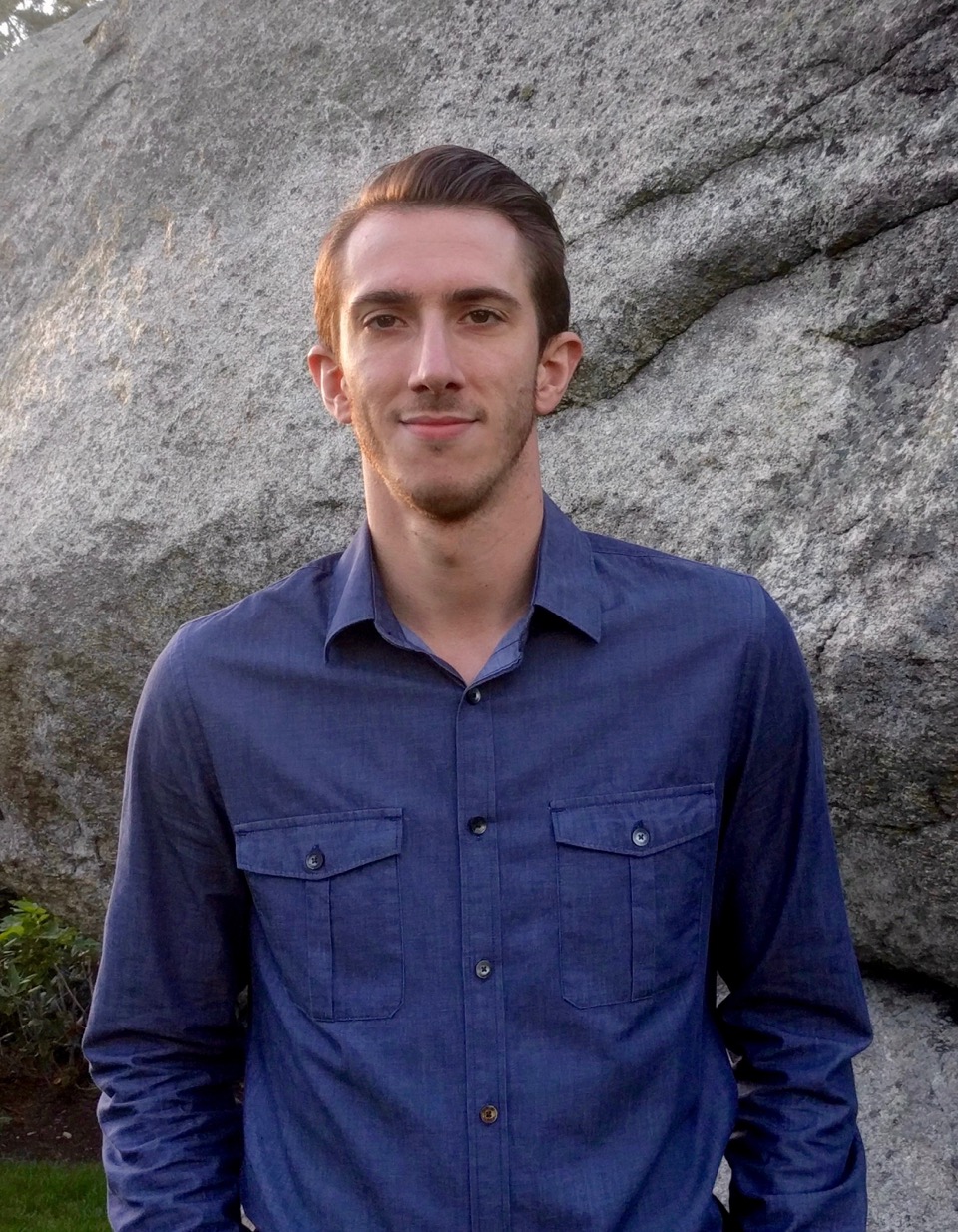

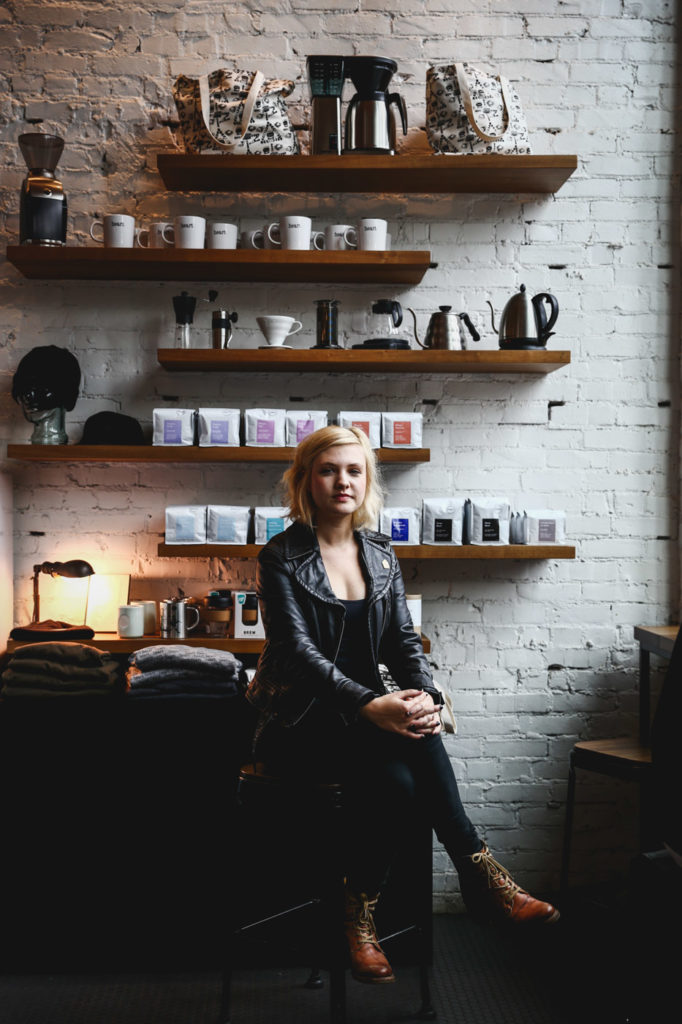 We'd like to introduce you to the newest member to CCS, Colleen King. Welcome, Colleen!
We'd like to introduce you to the newest member to CCS, Colleen King. Welcome, Colleen!